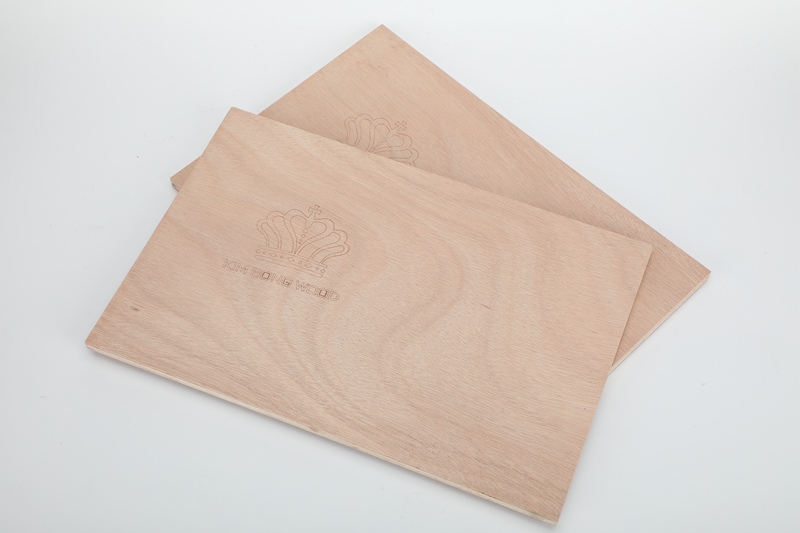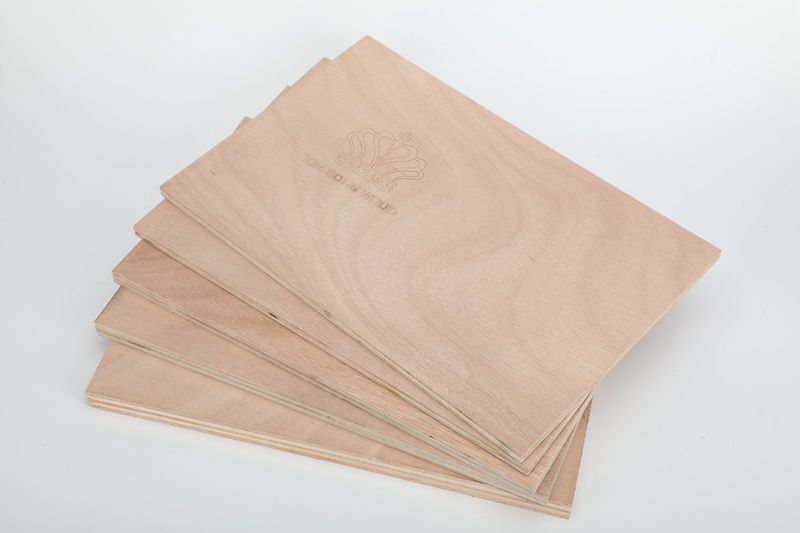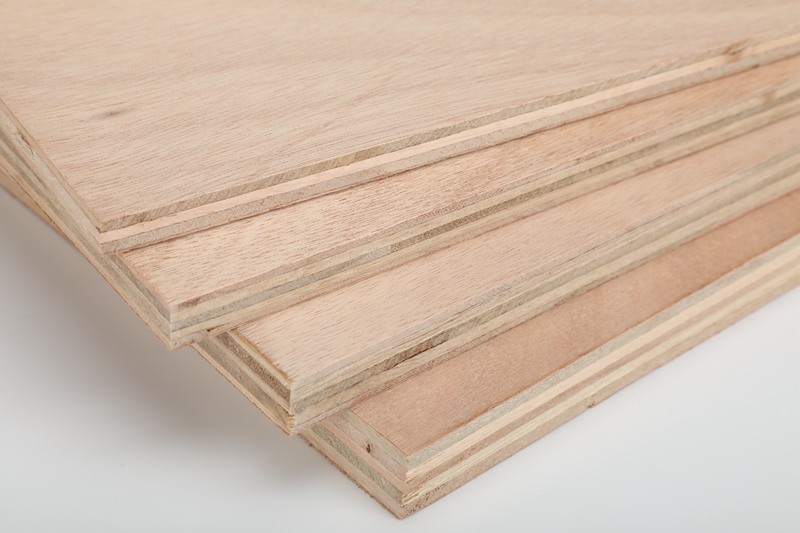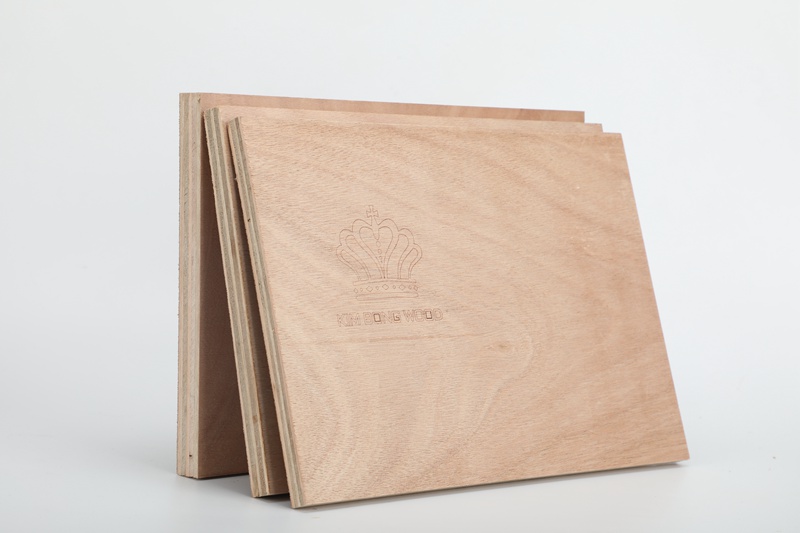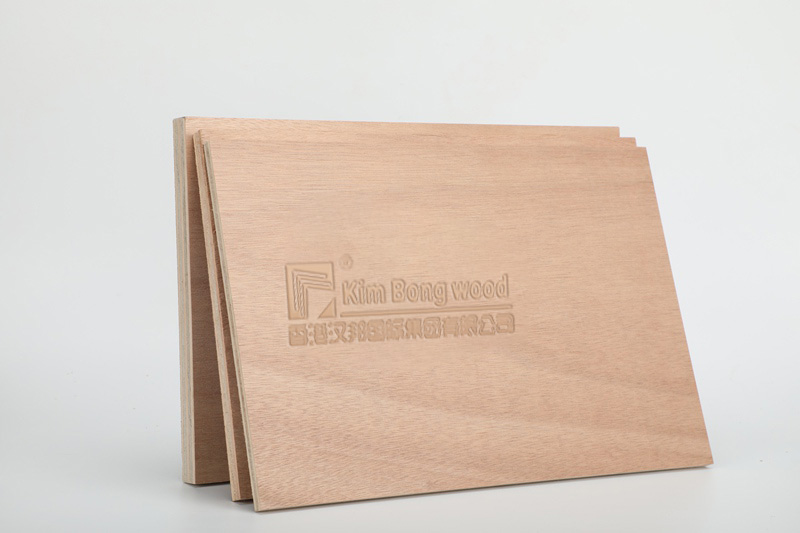Class A Fire Rated Plywood
Please click the button below to contact us.
Introduction:Class A Fire Rated Plywood is a plywood that has been processed with special processes to meet Class A fire resistance standards.
Product Description
Class A Fire Rated plywood is a plywood that has been processed with special processes to meet Class A fire resistance standards. It significantly improves the fire resistance of the material by adding flame retardants during the production process or using special coating technology, so that it can effectively delay the spread of the fire in fires and gain valuable time for personnel evacuation and fire extinguishing and rescue.
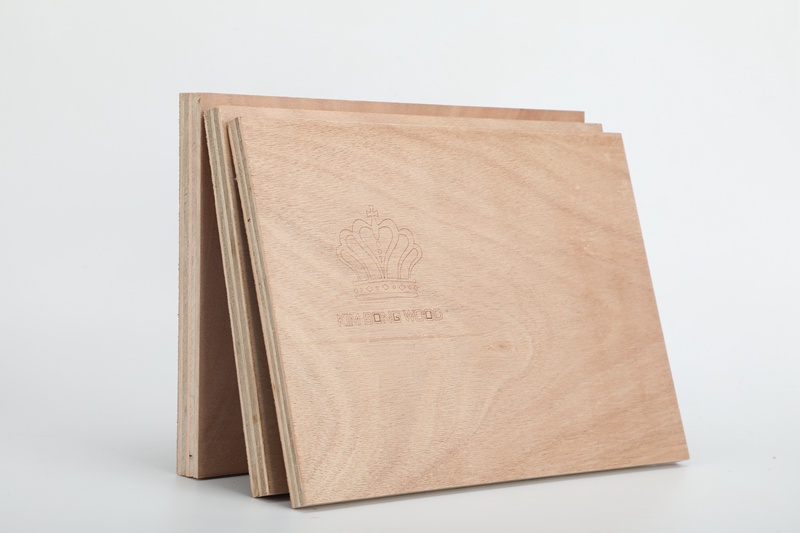
Class A Fire Rated plywood Parameters:
| Item | Parameter |
| Place of Origin | China |
| MOQ | 1000 pc |
| General Specifications | 5mm, 9mm, 12mm, 15mm, 18mm |
| Logo | Accept Customized Logo |
| OEM/ODM | Availalbe |
| Packaging | Regenerated Wooden Base |
| Transportation | By Sea/By land |
| Quality/Safety Certification | GB/T19001-2016/ISO9001:2015, Hi-tech Enterprise, Attestation of Chinese Environment Mark |
Features
Class A fire resistance
The core advantage of Class A fire-resistant plywood is its excellent fire resistance. According to international standards, Class A materials almost do not burn in fires, the flame spread index is extremely low, and there is no large amount of toxic smoke. This feature makes it the preferred material in architectural scenarios with extremely high fire protection requirements.
High strength and stability
The plywood still maintains the original high strength and structural stability of the plywood after fireproof treatment. Its multi-layer structure is pressed through a special glue process, with excellent bending and compressive resistance, and is suitable for load-bearing structures and high-load scenarios.
Environmentally friendly and safe
Modern A-grade fire-resistant plywood mostly uses environmentally friendly flame retardants, and the production process complies with international environmental standards (such as E0 formaldehyde emissions), ensuring that the material does not release harmful gases when burning, and reducing harm to people and the environment.
Durability and easy processing
Fire-resistant plywood still has good weather resistance and corrosion resistance, and has a long service life. At the same time, its surface is flat and easy to cut, drill and surface decoration, meeting diverse design needs.
Lightweight and efficient
Compared with traditional concrete or metal fire-resistant materials, Class A fire-resistant plywood is lighter in weight, easy to transport and install, and can significantly reduce construction costs and time.
Application areas
Class A fire-resistant plywood is widely used in the following fields due to its outstanding performance:
Commercial Buildings
High-rise buildings and shopping centers: As walls, ceilings and partition materials, they effectively prevent the fire from spreading vertically and horizontally, and ensure the safety of personnel.
Hotels and hospitals: Use in areas such as escape passages, ward partitions, etc. to ensure evacuation efficiency in emergencies.
Public Transportation Facilities
Metro stations and airports: used for decorative and structural support in areas such as platforms and terminal halls to reduce the damage to infrastructure by fire.
High-speed rail and ship: As interior materials, improve the fire resistance level of transportation and reduce fire risks.
Industry and warehousing
Chemical plants and warehouses: In flammable and explosive environments, Class A fire-resistant plywood can replace traditional wood materials to reduce fire hazards.
Data center and power facilities: As protective layers of cabinets and cable trays, ensuring the safe operation of key equipment.
Residential Buildings
Kitchen and bathroom: Used as a cabinet and bathroom partition material to prevent fires caused by high temperatures or electrical failures.
Duplex and villa: used in stairwells, lofts and other areas to improve the fire resistance of the overall building.
Cultural and educational venues
Schools and museums: partitions and decorations for classrooms and exhibition halls to protect personnel and cultural relics.
Theater and gymnasium: Fireproof materials for the auditorium and stage background to ensure the fire safety of large-scale events.
Special scenes
Cold storage and refrigerated truck: In low-temperature environments, Class A fireproof plywood can replace traditional insulation materials, taking into account fire and heat insulation properties.
New energy facilities: such as wind turbine cabins and solar power plants, they act as fireproof isolation layers to reduce the damage to equipment by fire.
Maintenance Guide
To ensure the long-term performance of Class A fire-resistant plywood, the following maintenance points must be paid attention to:
Daily cleaning
Wipe the surface with a soft damp cloth to avoid corrosive cleaners.
Regularly check the integrity of the coating and repair it in time if there is any damage.
Environmental Control
Keep the indoor humidity between 40% and 60% to avoid long-term exposure to extreme temperatures or humid environments.
Stay away from open flames and high temperature sources to prevent material performance from degrading.
Regular inspections
Check whether the connection area is loose every quarter and strengthen it in time.
For plywood exposed to outdoors, UV-proof coating maintenance is required annually.
FAQs
Q1: Is Class A fireproof plywood environmentally friendly?
A: Yes, modern A-grade fire-resistant plywood uses environmentally friendly flame retardants, which meets international environmental standards and will not release harmful substances when burning.
Q2: Can this material be used in outdoor scenes?
A: Specially treated Class A fire-resistant plywood can be used outdoors, but the weather-resistant coating version needs to be selected and regularly maintained.
Q3: What are the advantages compared to other fireproof materials?
A: Compared with concrete and metal, Class A fire-resistant plywood is lighter, easier to process, and has lower cost, making it suitable for large-scale applications.
Q4: Is a special installation process required?
A: The installation method is similar to ordinary plywood, but it must follow fire protection specifications, such as using fireproof sealant to treat joints.
Q5: How long does it last?
A: Under normal use conditions, the service life of Class A fire-resistant plywood can reach more than 20 years, depending on environmental factors.

